Because of the dynamic nature of our lives, it stands to reason that our yoga practises have evolved as a result of our exposure to new concepts. We now have more than one choice thanks to the proliferation of modern aesthetics and technological developments.
This list will give you the scoop on which kind of yoga is best for you, whether you’re looking for a slow-paced session with a focus on therapeutic healing or a yoga practise that will get your heart rate up.
1. Kundalini Yoga
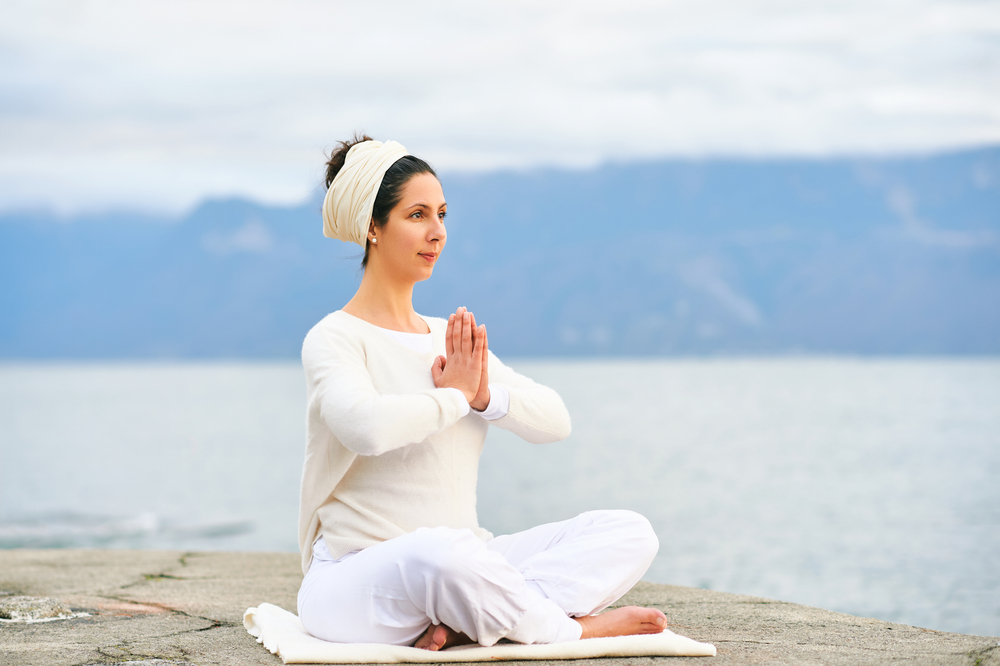
The goal of Kundalini yoga is to awaken the doer’s latent spiritual potential. Kundalini yoga classes feature breathing exercises, chanting, and singing. The purpose of this type of yoga is to raise one’s level of consciousness by awakening the Kundalini, or shakti, energy. By achieving this understanding, people are able to overcome their false beliefs and discover their true selves.
One theory holds that the seven chakras receive energy from this source near the base of the spine. The purpose of this type of yoga is to bring us to enlightenment on a spiritual level through activation and continued practise. The phrase “Kundalini awakening” may have come from here.
Kundalini Yoga: What to Expect
breathing exercises chanting
Posture sequences
Meditation and mudras
2. Vinyasa Yoga
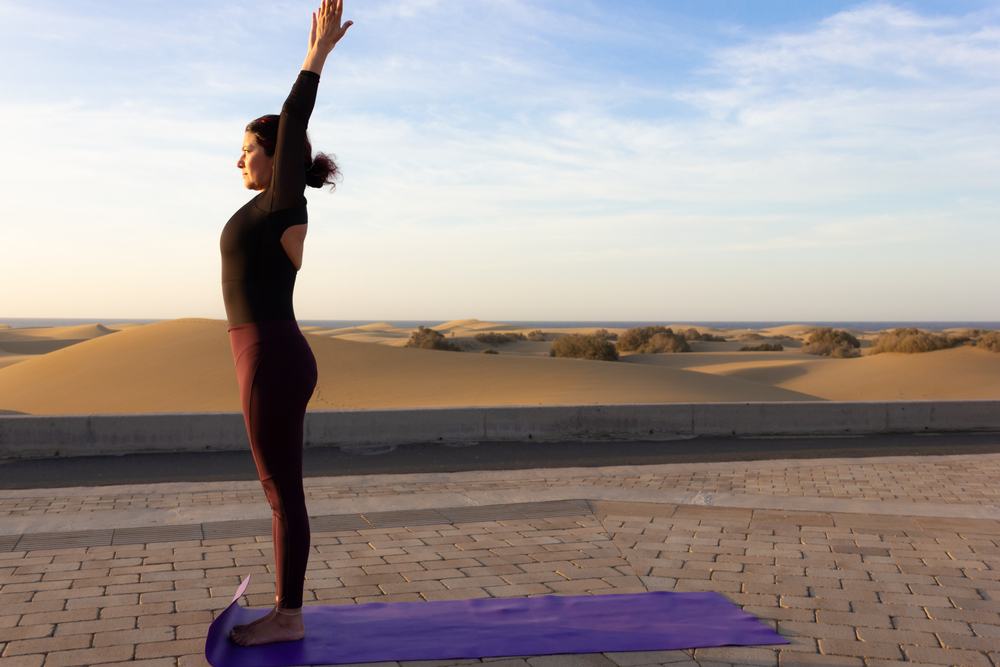
Because of its potential to have sequences that flow into one another, the word “flow” is frequently used in conjunction with this modern style of yoga. Pose breaks are common, and the pace can be adjusted according to the needs of the student or the preferences of the teacher. Although Vinyasa can take many forms, its capacity to flow from one pose to the next is a constant.
What to expect in Vinyasa yoga:
- Sun salutations
- Steady flow with synchronized breathing
3. Hatha Yoga
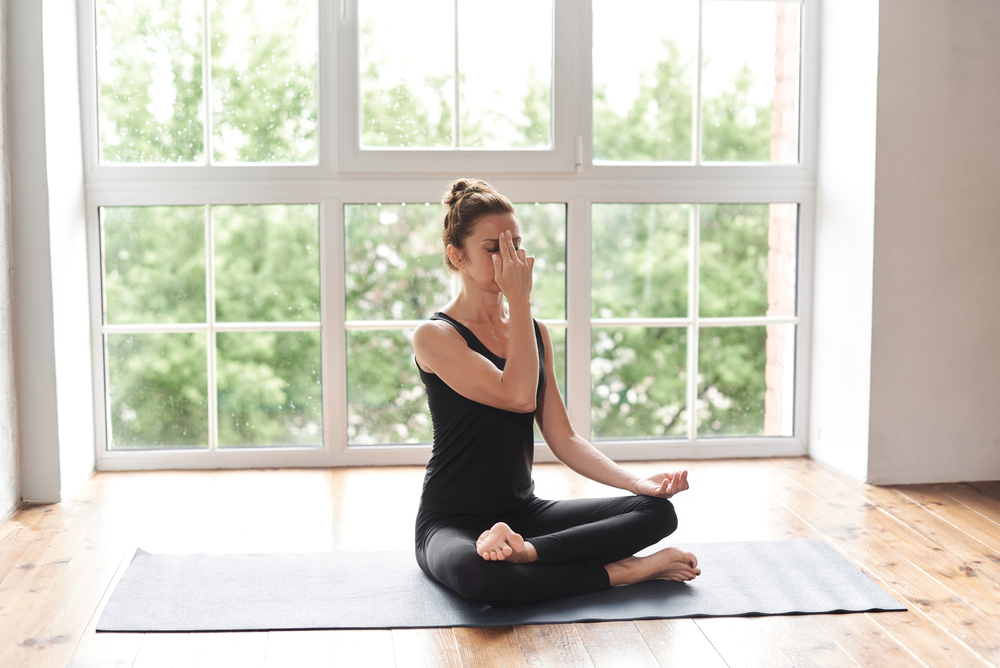
There are many similarities between Hatha yoga and vinyasa classes, including the use of similar asanas and breathing methods. In contrast, in Hatha yoga, students are urged to do things at a more leisurely pace to ensure they are fully embodying each pose.
What to expect in Hatha Yoga:
- Centering or meditation exercise
- Series of twisting movements, bending, or folding.
- Breathing work or meditation.
- Sun salutation
4. Ashtanga Yoga
This style of yoga emphasises rapid breathing and movement as a means of cleansing the mind and body. The practise of Ashtanga yoga is rigorous. Its rapid pace and exactness pose significant developmental hurdles for its students.
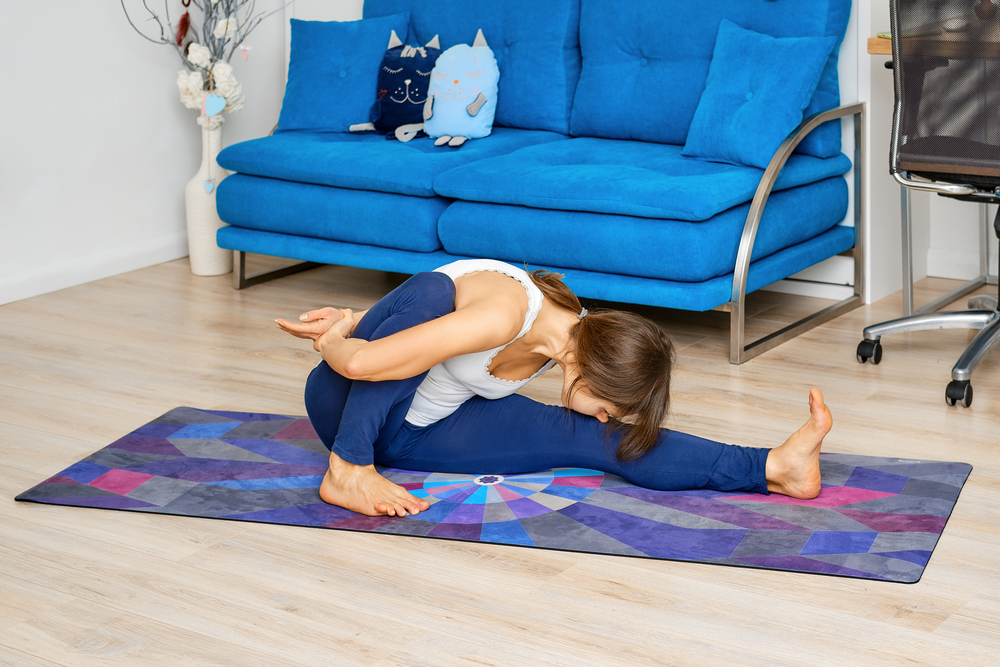
What to expect in Ashtanga Yoga:
- Sun salutations ( A & B)
- Repetitive postures
- Dynamic Vinyasa Flow
- Sweating
- Faster Pace
5. Yin Yoga
To access the deep connective tissues of the body, Yin yoga emphasises slowing down movements and turning inward. Longer periods of time spent in each pose are characteristic of this kind of yoga. Breathing exercises will be combined with stretches for muscles that are usually ignored.
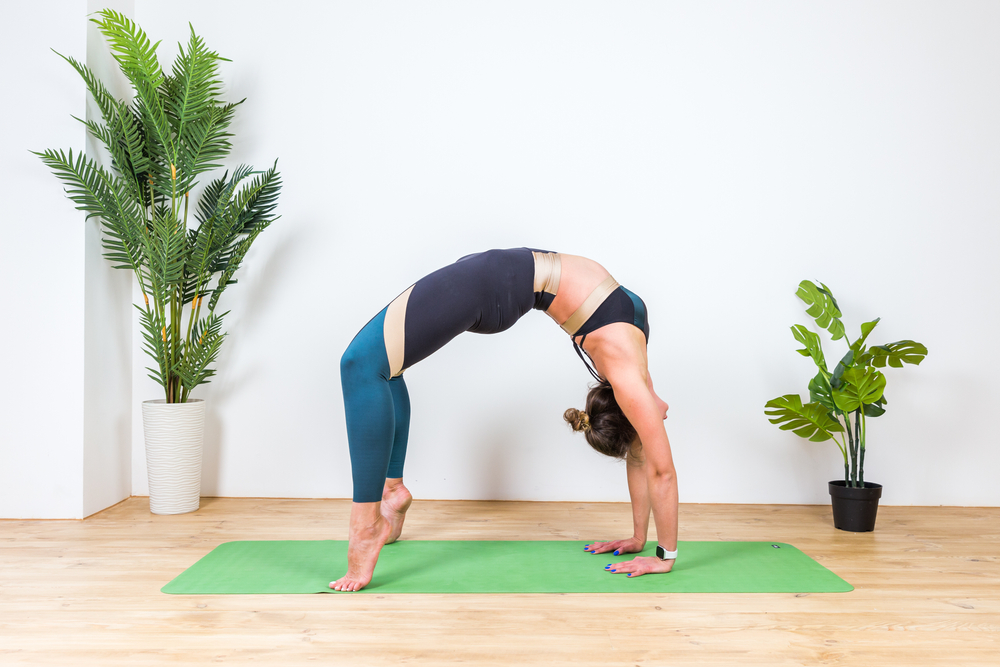
The Taoist belief that we are animated by an underlying life force served as the inspiration for this kind of yoga. Excess energy can be released when we stretch and deepen these stretches to reach places not frequently utilised. If you’ve hit a wall and are looking for a way to release pent-up energy, this can assist.
What to expect in Yin yoga:
- non-heated room
- holding postures for long durations
- Finding comfort in discomfort – focus on holding poses and turning inward to accomplish stillness in breathing and in the mind
- Focused/deep breathing
- Slower and more meditative form of yoga
6. Iyengar Yoga
This style of yoga is for you if you’re looking for a more technical practise that will help you build strength and flexibility. Iyengar yoga’s emphasis on stability before flexibility is one of the ways in which it helps practitioners achieve deeper stretches. When this threshold is crossed, practitioners can experience the entire range of sensation afforded by each posture.
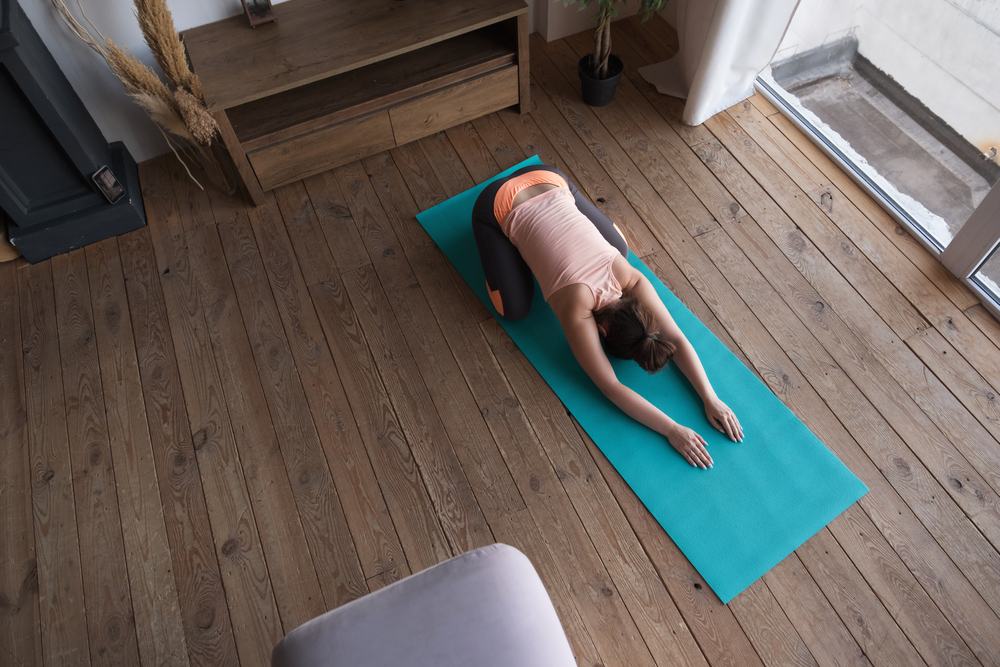
What to expect from Iyengar Yoga:
- Very technical in poses for alignment and stability
- Encouragement of props (to avoid injury risk) and achieve strength and balance
- Breathing exercises
- Poses held for long durations
- Challenging poses
7. Bikram Yoga
Although “hot yoga” is often used interchangeably with “Bikram yoga,” the two are actually quite distinct. heated yoga can be any type of yoga practised in a heated room. According to Bikram, his style of yoga became popular in California during the ’70s. There are 26 postures practised in cycles throughout the hour and a half session. The heated rooms are meant to aid the body in expelling pollutants.
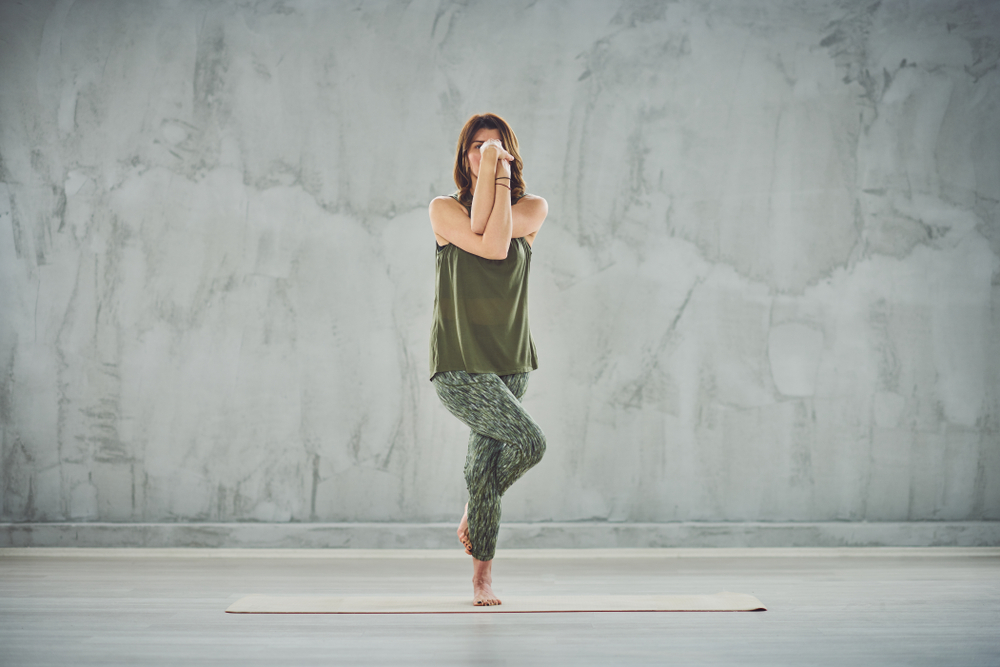
What to expect in Bikram yoga:
- Heated rooms (up to 105 degrees Fahrenheit (41 degrees celsius)
- Repetitive poses
- Advanced – possible inversions (inversions not traditional Bikram)
- 90 minutes classroom
- Difficult breathing exercises
- classes can be difficult for individuals completely new to yoga
- Increases blood circulation and enhances metabolism
8. Power Yoga
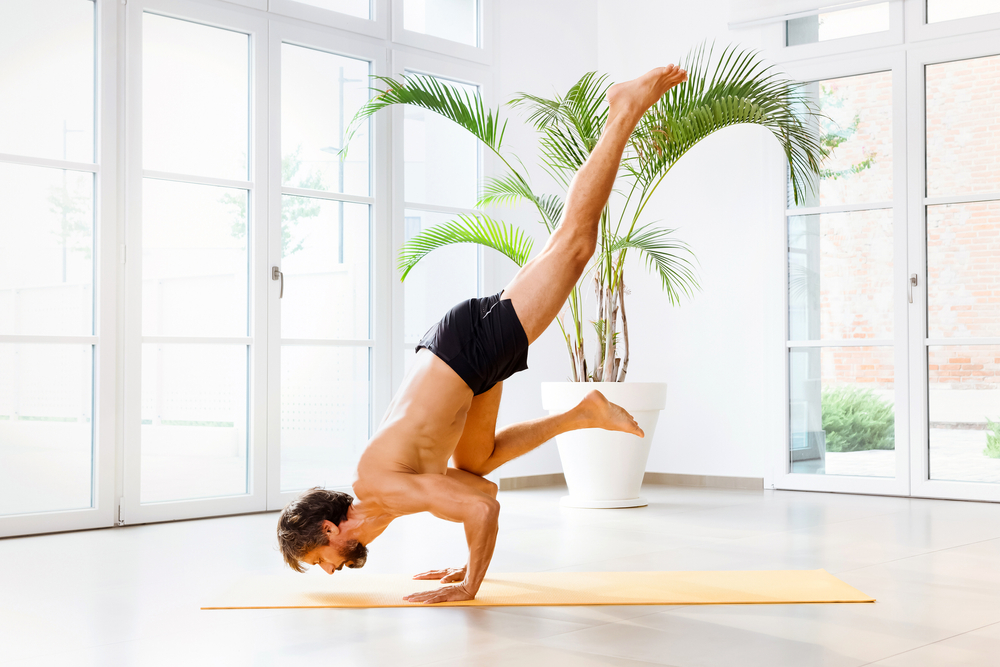
If you want a yoga style that will get your blood pounding, look no further than power yoga. The focus of this style of yoga is on cardiovascular fitness, so you can expect to work up a sweat.
Also Read: Maaveeran Review: Sivakarthikeyan’s non-heroic act is brilliant in this solid entertainer
What to expect from Power yoga:
- Designed for athletes – lots of movement
- Modified Ashtanga Yoga practice
- High-level of energy
- Heated rooms
9. Restorative Yoga
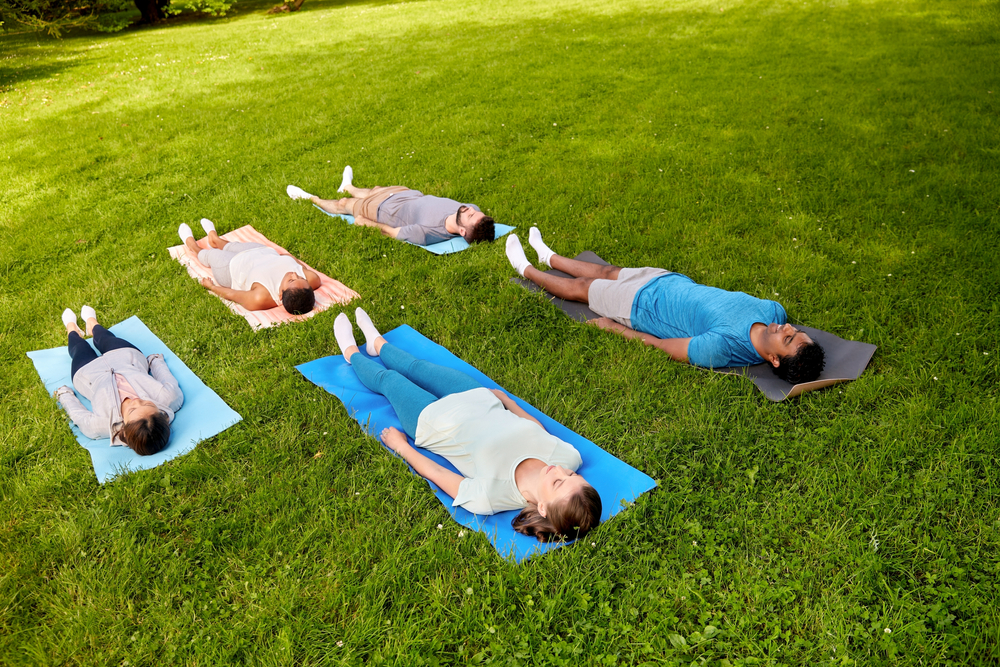
As its name implies, this kind of yoga is intended to promote physical health and well-being. The goal is to bring the body back into equilibrium through rest. By engaging the parasympathetic nervous system (PNS) through these postures, students can aid the PNS in its “rest and digestion” function. This helps the PNS maintain its fundamental capabilities.
Insights into the Restorative Yoga practise:
- Slow breathing
- Calm and controlled movements
- Encouragement of blocks, bolsters, or blankets to assist in postures and hold postures longer without added exertion
- Releasing tension
- Lowering blood pressure
- Increased feeling of awareness and relaxation
10. Prenatal Yoga
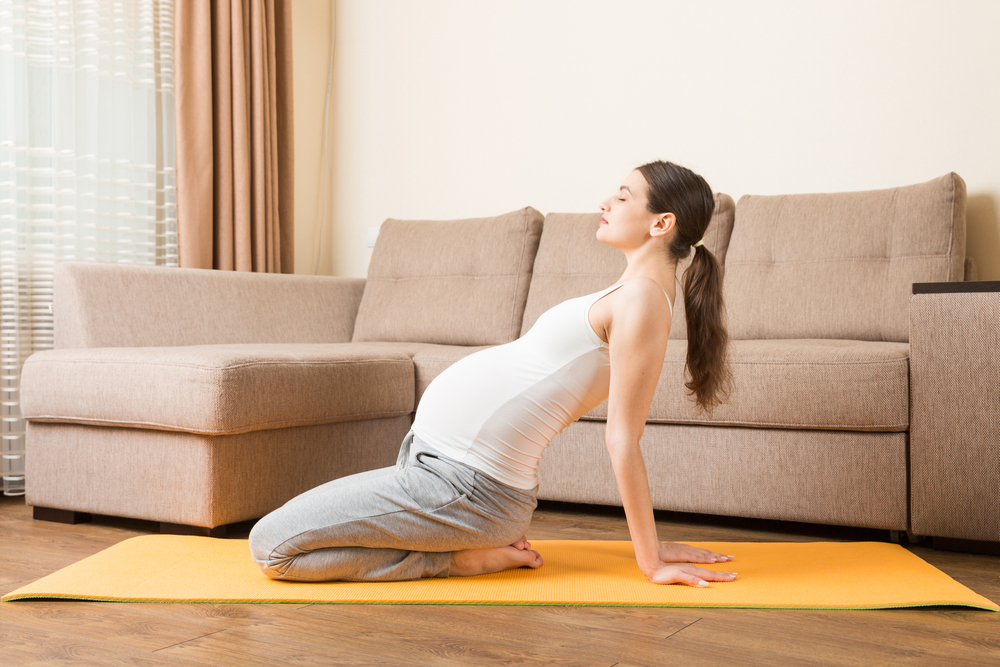
This style of yoga needs little introduction. This style of yoga can help relieve stress and prepare expectant moms physically and mentally for labour and delivery. Pelvic floor exercises, yoga postures for deeper breathing, and stretches that lengthen the body are all on the list.
A preview of the benefits of prenatal yoga:
- For expecting mothers who want don’t want an intense workout
- Fun, slow-paced postures that enhance flexibility
- Can help easy some body aches, especially in the lower body
- May reduce symptoms of nausea
11. Aerial Yoga
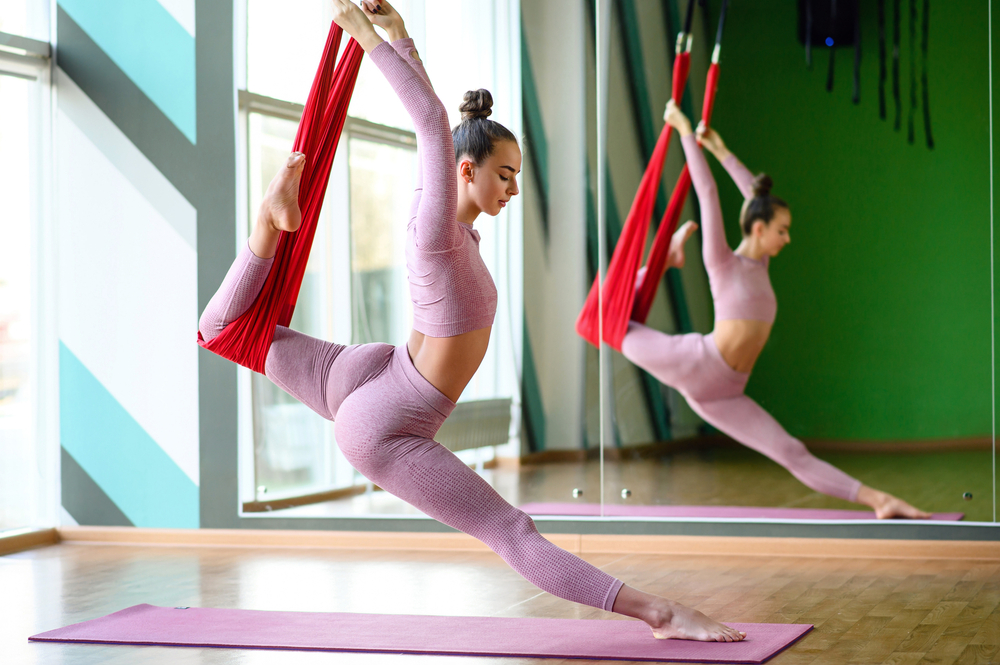
Aerial yoga may appeal to you if you have an interest in acrobatics or gymnastics. Hammocks or yoga swings are used in this style of yoga to help practitioners achieve inverted positions. This style of yoga makes it simpler to perform many of the poses that students find challenging, such as backbends. Some of its postures are based on acrobatic gymnastics, while others draw from ballet and Pilates.
Aerial yoga: what to expect
- Great for students who suffer from back pain enables a deeper stretch not attainable on the yoga mat
- Students who don’t mind inverted yoga poses and asanas
- Many poses that are challenging on a yoga mat may
- Not for pregnant women or individuals who struggle with vertigo
12. AcroYoga
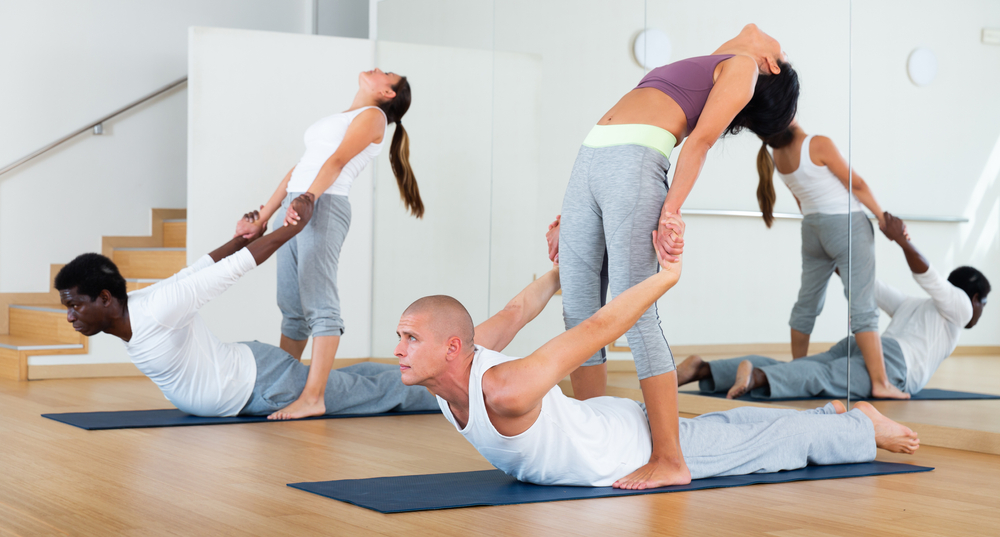
Similar to aerial yoga, but without the use of props like hammocks or yoga swings, is AcroYoga. Instead, this kind of yoga emphasises the importance of mutual trust when working with a partner or a group to do acrobatic manoeuvres. You can be the base (the person in charge of the moving), the flyer (the person being moved), or the spotter (the one who helps make sure the moving is happening successfully).
What to expect in Acroyoga:
- Working collaboratively with a partner or group
- Play and fitness
- exercise in communication
13. Jivamukti Yoga
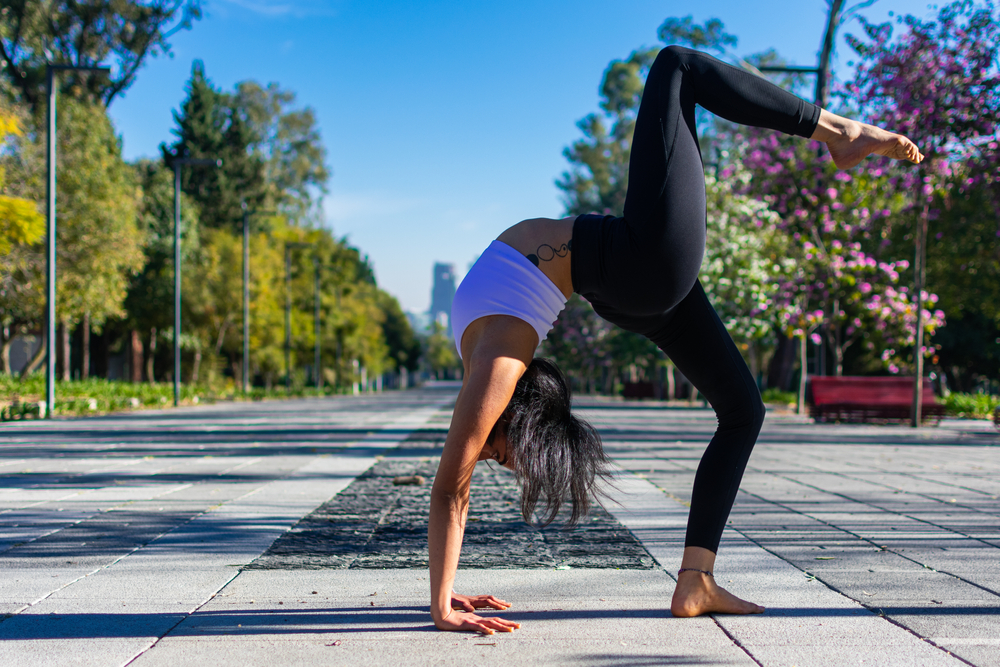
Jivamukti yoga, like the vinyasa style of yoga, adapts ancient yogic teachings for contemporary situations. Each session will often delve deeper into a specific topic, whether through costume, pranayama (breathing techniques), or sonic exploration. This topic is often introduced at the start of class and discussed all through the lesson. Jivamukti yoga is distinguished in large part by its emphasis on a vegan diet. This is so because nonviolence, or yama ahimsa, is something they actively promote.
What to expect from Jivamukti yoga:
- A vigorous style of yoga
- Will increase flexibility, strength and encourage balance
- Increased awareness of self and the divine (the energy within)
- Improves circulation and decreases stress
14. Anusara Yoga
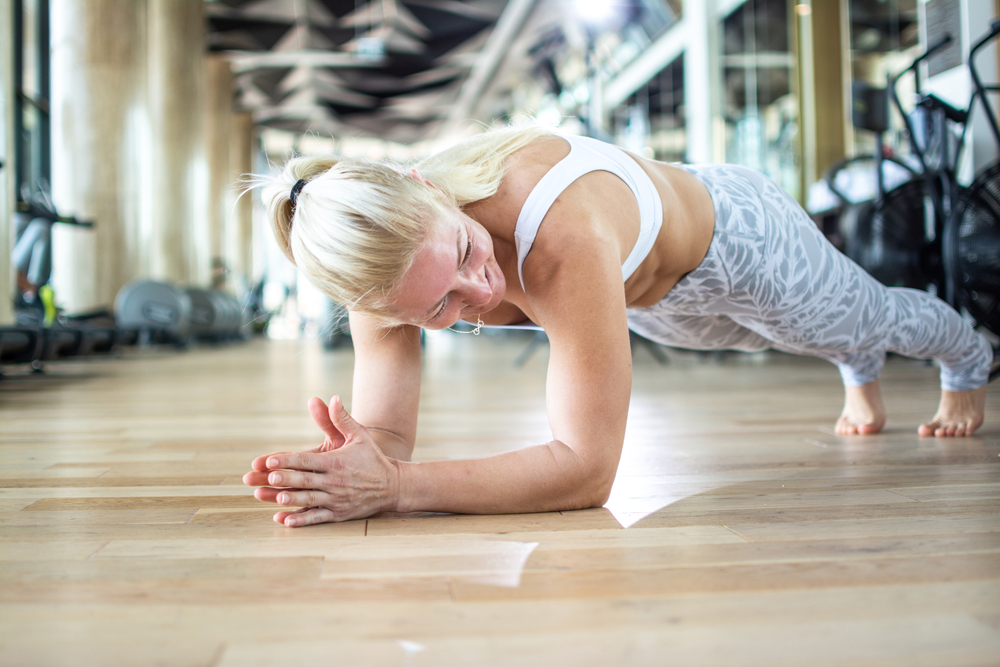
Anusara yoga is based on the belief that every living thing is fundamentally good and has the capacity to create its own language. Participants are taught to balance their energy and deepen their spiritual connection by focusing inward, and teachers are instructed to explain universal principles of alignment while doing so.
What to expect an Anusara yoga:
- Fun, light-hearted classrooms
- A flow that connects to breathing
- Holding poses for longer durations of time
- Vinyasa style poses
15. Sivananda Yoga
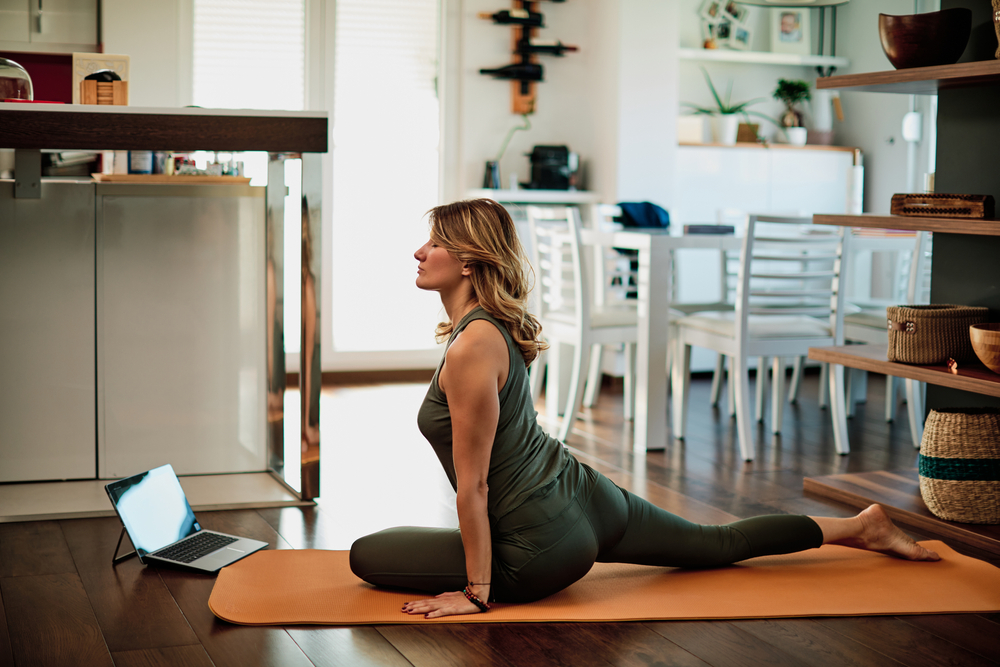
Sivananda has its origins in traditional yoga and its dharmic affiliation to guide and push its students towards a more fulfilling and meaningful life. In the end, self-awareness is what this practise is all about.
Typical Sivananda Yoga Benefits:
- Classic yoga postures
- Deep focus on self-awareness
- Reduction of stress and an increase in energy
16. Yang Yoga
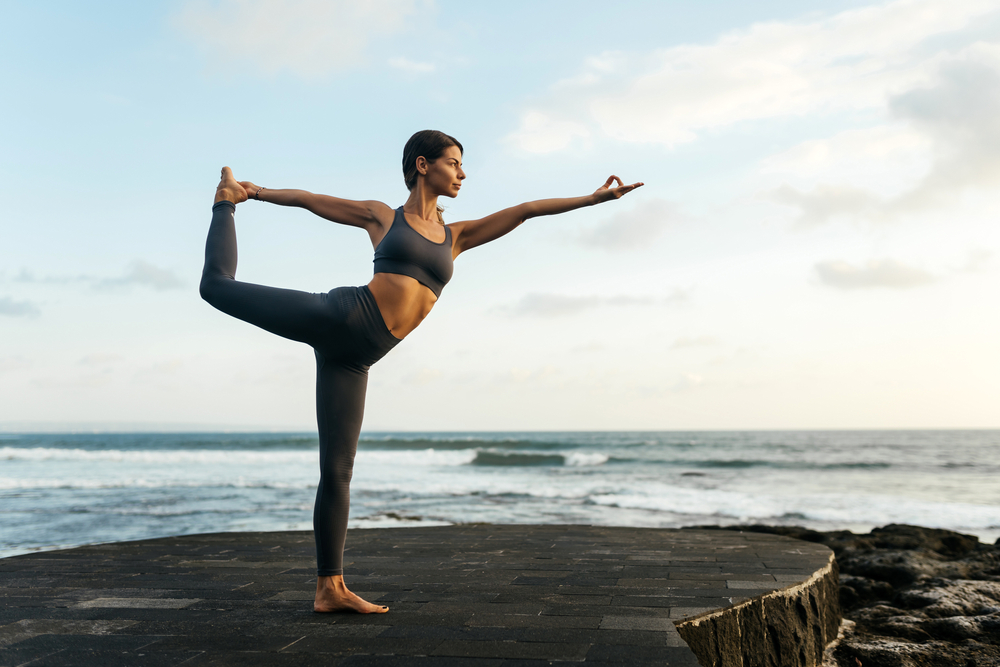
This kind of yoga is the polar opposite of yin, with an emphasis on physical activity and internal heat. This form of yoga strengthens the muscles and improves blood flow. Breathing techniques are an integral part of this yoga practise, complementing the physical postures to bring about the desired activation and release of energy.
What to expect from Yang yoga:
- Improved blood circulations
- Enhanced stamina and improved energy
- Relaxed body and mind
- Steady flow with synchronized breathing.
17. Buti Yoga
Buti yoga is a spiritual practise that focuses on awakening the body’s energy centres, or chakras. This yoga style takes its cues from tribal dance and combines cardiovascular and core work. The routines in this class are similar to those in vinyasa classes, but the tempo is much higher.
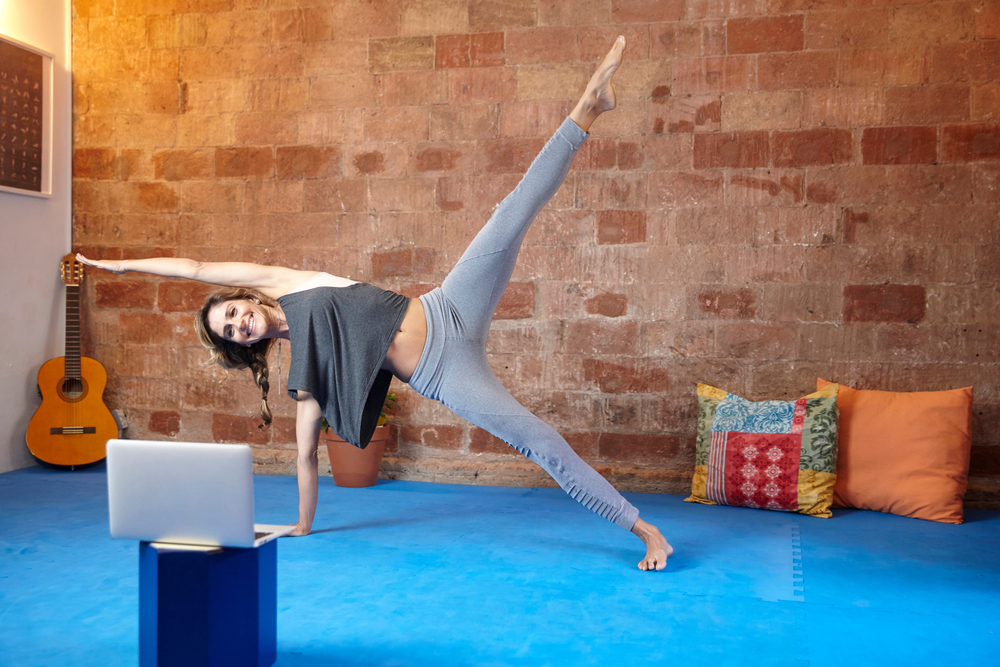
What to expect from Buti yoga:
- Fast-paced sequences
- Incorporation of contemporary music
- The uplifting message of self-acceptance
- Prepare to sweat
18. Karma yoga
“action” or “doing” is the literal translation of the Sanskrit word karma. Many yogis who engage in karma yoga do it because they believe it will help them grow spiritually. The notion behind Karma yoga, or its goal, is that those who engage in it would find happiness by relieving their body and mind.
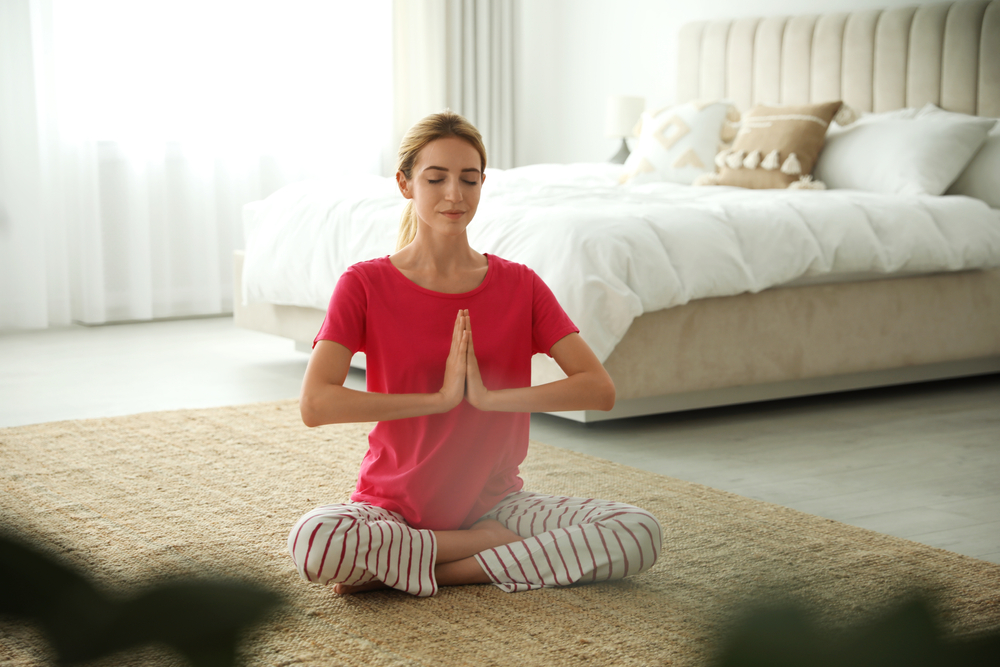
What to expect from Karma yoga:
- Practicing positive thinking/pure thoughts
- Learning lessons of selflessness and self-acceptance
- Helps participants embrace discipline
- Repetitive postures
19. Viniyoga
Breathing exercises, chanting, and meditation are at the heart of this style of yoga. There is no “right” method to perform a Viniyoga posture because each individual is unique and the practise should be tailored to the individual’s needs.
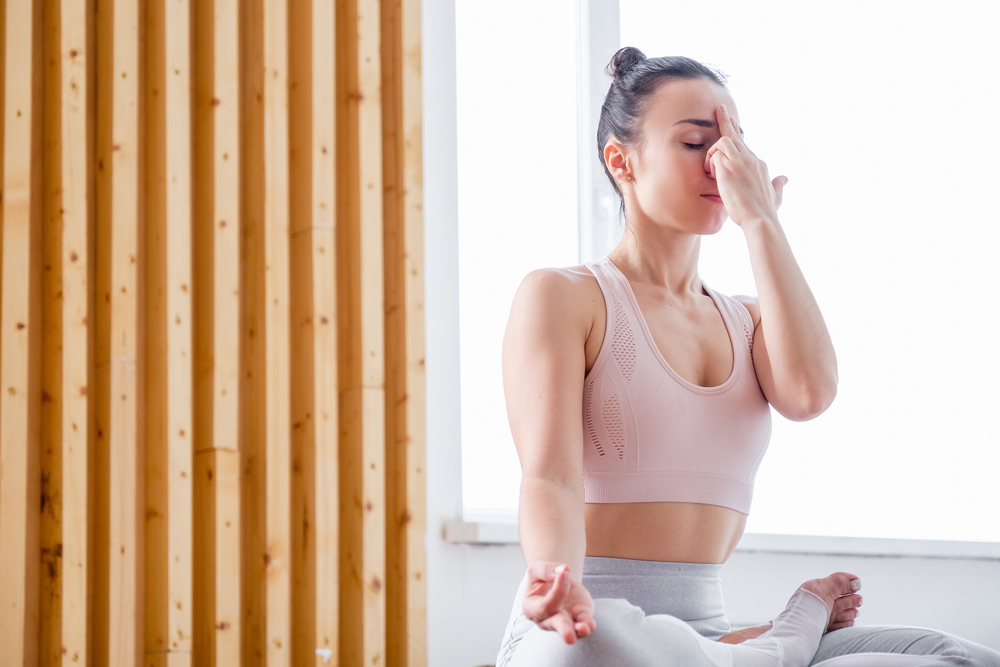
The Viniyoga Experience: What to Expect.
Pranayama, mantra, and mindfulness
Individualised therapy has more lasting effects
Variable order based on teacher.
20. Tantra Yoga
There is more to Tantra yoga than meets the eye. This style of yoga incorporates a wide range of philosophies, and its practise can aid in introspection. When practised with a partner, this form of yoga has the potential to improve communication and intimacy between its participants.
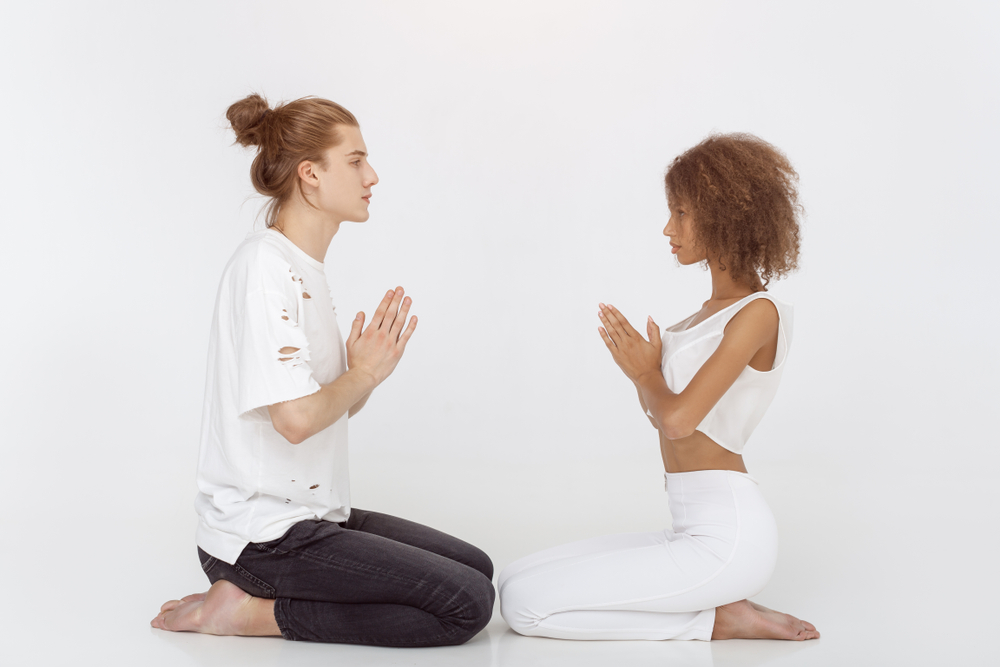
To weave or enlarge is the meaning of the word tantra. Therefore, Tantra yoga seeks to connect its practitioners to one another and to the greater cosmos by incorporating a wide variety of yoga practises and other spiritual philosophies and teachings. Tantra Yoga, when practised regularly, can help you connect with your true self, accomplish your goals, and strengthen your relationship when done with a partner.
- Ability to overcome blockages and gain control
- Identify weaknesses and turn them into strength
- To connect the spiritual with the physical realm
- Increased energy and improved relationship
- There are many different kinds of yoga, some of which are sluggish and others of which are quite rapid. Which ideals in each approach best correspond with your own, and how they might help you on a physical and spiritual level, is a matter of personal preference.




